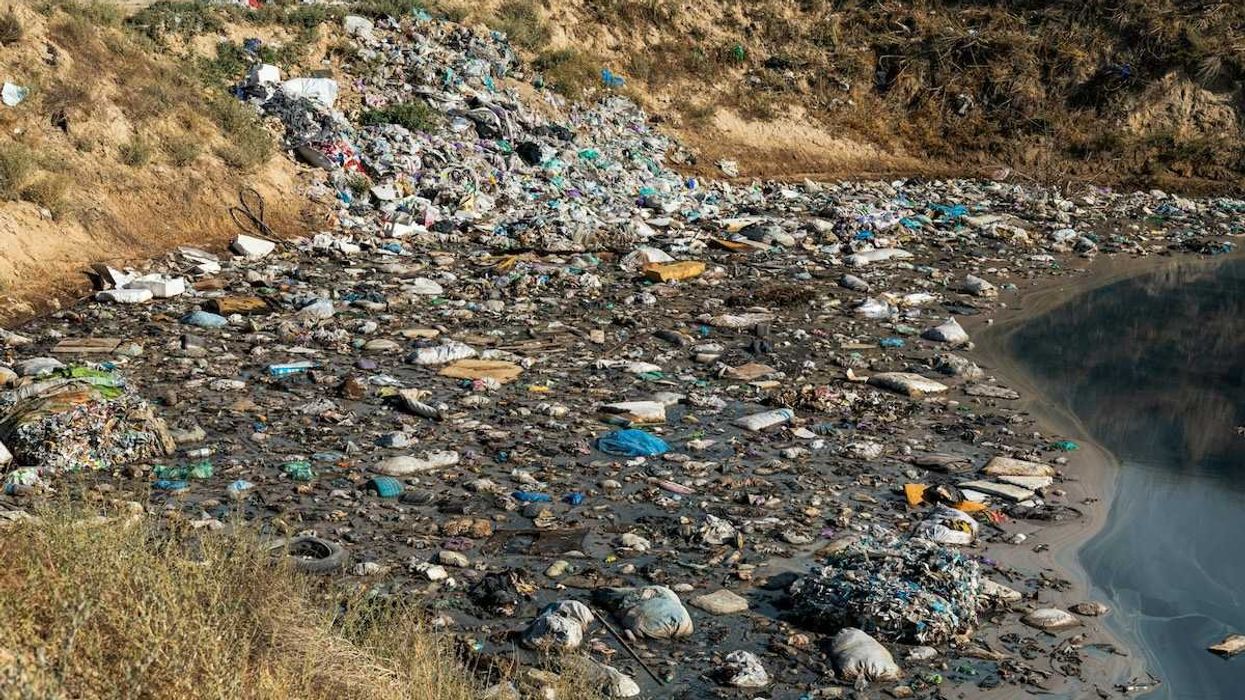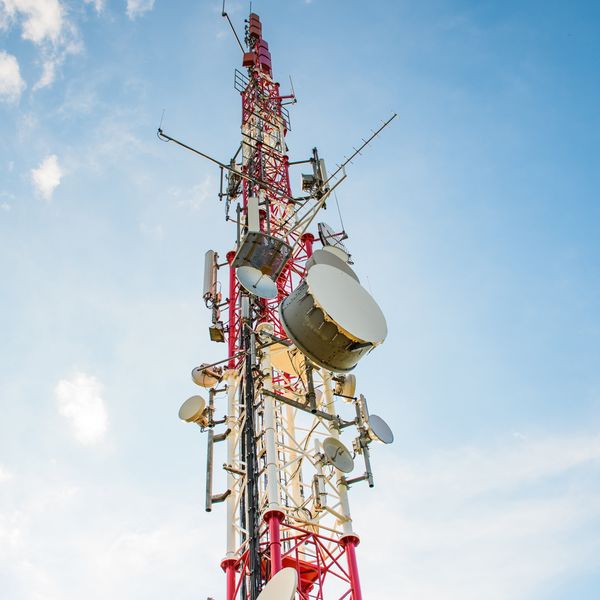A new paper published in Environmental Health identifies serious flaws in a series of reviews on the health effects of wireless radiation commissioned by the World Health Organization (WHO). Scientists from the International Commission on the Biological Effects of Electromagnetic Fields (ICBE-EMF), a multidisciplinary group of experts, concluded that the safety of cell phones and wireless technologies cannot be assured.
Several of the WHO-backed reviews on the health effects of wireless radiofrequency radiation have received significant criticisms related to methodology and conflicts of interest, so the ICBE-EMF undertook an independent assessment to identify repeated problems across all the WHO-backed reports.*
In short:
- The ICBE-EMF found the inclusion and exclusion criteria problematic, highlighting that well-conducted, relevant studies were excluded while flawed, industry-funded studies received disproportionate emphasis.
- The ICBE-EMF stated that 11 of the 12 WHO reviews inappropriately used meta-analysis, combining too few and highly varied studies—an approach that can obscure important differences and lead to misleading conclusions. The only review that correctly avoided meta-analysis found high-certainty evidence of cancer in experimental animal studies.
- ICBE-EMF experts also raised concerns of potential bias, industry ties and conflicts of interest due to the extensive involvement of the International Commission on Non-Ionizing Radiation Protection (ICNIRP), which has historically downplayed studies reporting cancer, maintaining that heating effects from short term exposure are the only established health risks of wireless radiation.
Key quote:
“Presenting these flawed reviews as evidence of safety for ICNIRP and the FCC’s current [wireless] exposure limits would mislead the public.”
- Dr. John Frank, physician and epidemiologist at the University of Edinburgh and ICBE-EMF Chairperson, via the ICBE-EMF’s press release
- YouTube youtu.be
Why this matters:
A growing body of scientific research suggests cell phone and wireless radiation may increase risk for health impacts, including brain cancer, and numerous experts recommend reducing exposure. The findings of the WHO’s systematic reviews are expected to directly influence government regulations. If these reviews are based on flawed methods, as the ICBE-EMF analysis suggests, public health policies around the world could be shaped by incomplete or misleading science. With billions of people exposed to wireless technologies, ensuring scientific integrity and transparency in these assessments is essential for protecting public health, especially for vulnerable populations like children.
Related EHN coverage:
- New analysis calls for more precise research on cell phones and brain cancer
- WHO’s review on cell phone radiation and cancer cannot assure safety, renowned experts say
More resources: The ICBE-EMF hosted a video press conference to accompany the publication, featuring input from scientific experts including Dr. Joel Moskowitz (University of California, Berkeley), Dr. John Frank (University of Toronto), Dr. Erica Mallery-Blythe (Physicians' Health Initiative for Radiation and Environment), and Dr. Ron Melnick (former Senior Toxicologist, National Toxicology Program, NIEHS).
*Background on the WHO Reviews:
The WHO has two separate entities involved in evaluating the health effects of wireless radiofrequency (RF) radiation: the International Agency for Research on Cancer (IARC) and the EMF Project.
- IARC: In 2011, the International Agency for Research on Cancer (IARC) convened a working group of scientists, vetted for industry ties, which classified RF radiation as possibly carcinogenic to humans, based largely on studies linking cell phone use to tumors. IARC’s official advisory group has since recommended a re-evaluation of the evidence, citing new research, including large-scale animal studies finding cancer. However, IARC has not yet organized an updated evaluation.
- EMF Project: The last WHO report on wireless health risks was issued in 1993. A 2013 update effort was abandoned over transparency concerns. In 2019, the EMF Project relaunched the process, commissioning ten systematic reviews to inform a new monograph. The project has again faced ongoing criticism for an opaque expert selection process, repeatedly involving ICNIRP-affiliated scientists while excluding independent experts. While most individual reviews concluded insufficient evidence of harm, their methods have been sharply criticized in multiple published critiques.
Melnick, Ronald et al. for Environmental Health vol. 24. Oct. 2, 2025
- Cell phone radiation impacts hormone levels and ovary development in rats ›
- WHO’s review on cell phone radiation and cancer cannot assure safety, renowned experts say ›
- New study finds chromosomal changes in residents living near cell phone towers ›
- Cell phone use linked to an increased risk of prostate cancer ›
























